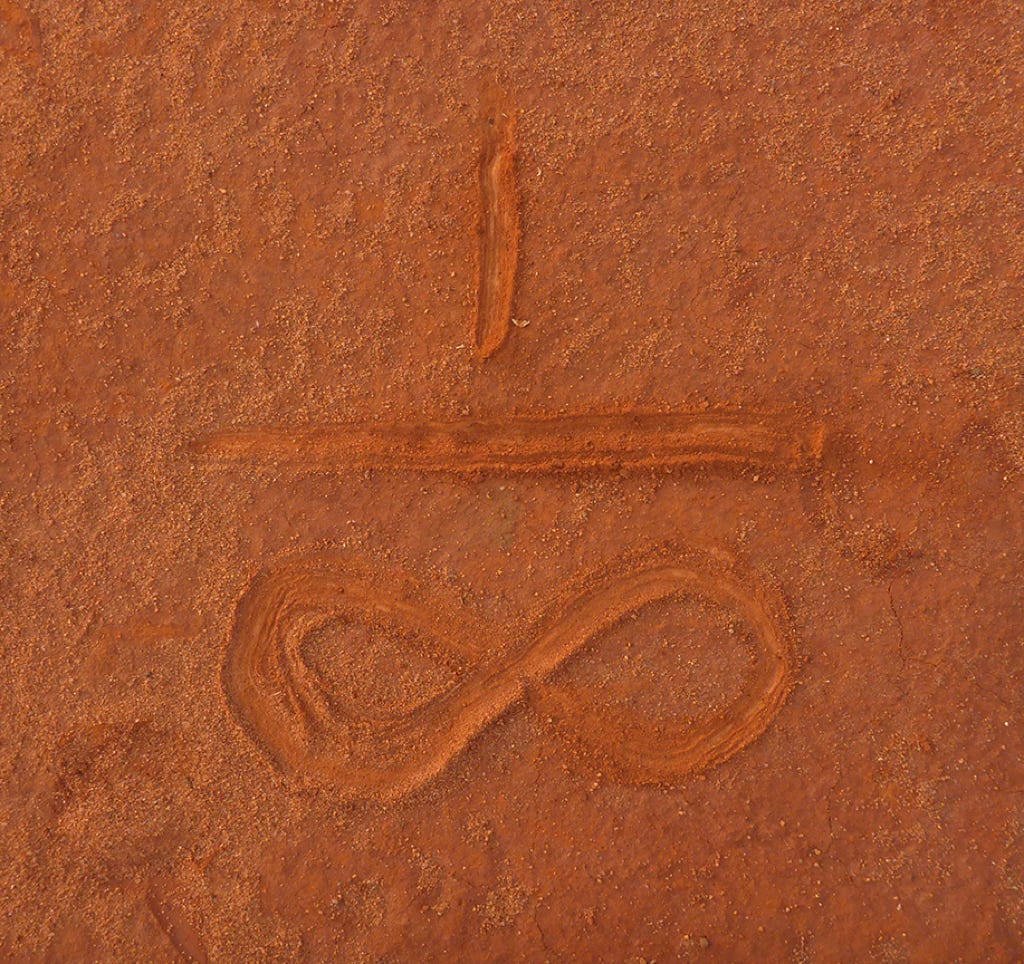In preceding articles, we’ve looked at the scientific approach to knowledge. In this piece, we’ll outline the perspective of a mystic.
A mystic believes that life is fundamentally a mystery, that ultimately it cannot be understood through rational thinking. Within this broad definition, there is a range of beliefs – various flavours of mystics. Here we’ll look at some of these beliefs and flavours.
One flavour of mystic does not deny rational knowledge (including scientific knowledge). However, all rational understanding is seen as a secondary phenomenon, only approximately modelling reality. Such a mystic basically has the same world view as a scientist. The only difference is that the mystic likes to spend a lot of time feeling the mystery of the moment, whereas a scientist likes to spend a lot of time finding and improving the models that describe the moment. The difference is where the passion lies, rather than a difference of belief.
A stronger flavour of mystic, and one which is more at odds with the endeavours of science, claims that existence is fundamentally acausal. In other words, this moment is seen as arising spontaneously, not dependent on what has gone before and not relevant to what will come next. With this belief, the strong causality claimed by science is seen as something of a distraction with, at best, some sort of rough heuristic truth value. This acausal belief leads the mystic to be even more focussed on the present moment. Why bother thinking about the past or the future when the past is finished, no longer relevant even to this moment, and the future is yet to come, not determined by the present moment? Basically, thinking about the past or the future is seen as missing the point.
This acausal view has some ramifications. Not only does it lead to the mystic being focussed on the present moment, it also simplifies the moment considerably. Our thought patterns are almost always dancing between the past (memories) and the future (predictions). One could say that the whole purpose of thinking is to predict the future based on memories triggered by present sensations. Dropping the obsession with making predictions, thinking is effectively redundant, and the conscious experience becomes focussed on direct perception of the senses in the moment.
Curiously, even if thinking in symbols (words) is not happening, there can still be an emotional response to the moment. For example, whilst simply looking at a flower there can be a feeling of beauty and love. All of this can happen without any thoughts as words. The reason that a mystic is passionate about living moments in this way is that without the distraction of thoughts, these emotional responses are felt much more intensely. There is a wonderful intimacy in looking at a flower with full awareness, yet without thoughts. With such direct perception, our awareness is on the reality, or as close to it as our sense organs will allow, rather than on our model of reality. And reality is somehow more juicy, more alive, than any model.
Although causality is one of the basic assumptions of science, there are situations in which even science has to admit that strict causality no longer applies. One example of this is those quantum events which occur spontaneously, such as a pair of entangled particles coming into existence out of nothingness. It is an acausal event, fundamentally unpredictable by scientific modelling, and yet science concedes that it happens. So at least at the quantum scale, acausality is a reality for some events.
Bear in mind also that science asserts that everything is made out of fundamental particles, that quantum physics is the reality that underlies everything. It follows that any acausal events at the quantum level introduce a degree of acausality at larger scales. Another way of stating this is that all our knowledge of larger scale phenomena is, strictly speaking, statistical knowledge, rather than of a deterministic nature.
Another example where science must acknowledge an acausal event is where there is a singularity in time. The big bang might be the only example of this. However, given that science understands that everything that has happened in the universe has been a consequence of the big bang, there is a sense in which existence as a whole is acausal.
Returning to the mystic, another understanding is that deeper truths about reality can be encountered through direct conscious experience, without recourse to thoughts. This is really why mystics meditate or practise other disciplines. There is an understanding that there is a route to uncovering truth which does not involve making a mental model of things. Such a mystical truth exists only in the moment it is being experienced. Afterwards the mystic might try to put the truth into words but that is already a movement away from the truth. For this reason, the words of mystics often have a very poetic feel to them.
One particular truth that the mystic might experience is the non-separation of all that is. More specifically, it is possible to have the direct experience of no separation between oneself and whatever one is perceiving. The apparent duality between the observer and the observed can disappear.
Once one has experienced for oneself the reality of non-duality, then the dualistic description of things is seen as a consequence of symbolic thought, rather than being a fundamental characteristic of reality. In other words, reality is a continuous energy field and it is the use of symbols which necessitates an arbitrary dividing up of that continuous field. Science (along with all other symbolic knowledge) can only exist with an imposed dualism. The use of symbols creates the appearance of duality.
Although most scientists would probably take issue with the mystic’s assertion of non-duality, there are hints of it in science. As mentioned in a previous article, the fact that making an observation affects the state of a quantum system means that the observer and the observed are not as cleanly separated as a scientist might like. Another example, at the grander scale of things, is that the local warping of the space-time continuum is affected by all matter in the universe. The warping of space-time in turn affects how things behave locally. So, strictly speaking, all behaviour locally is dependent on everything that exists. With such total inter-dependence, is it meaningful to think of things as separate?
Here we’ve looked at a few aspects of the world view of a mystic and made some comparisons with the scientific view. In some later articles we will consider some questions which are problematic for science, where the perspective of the mystic seems to be undeniable.

